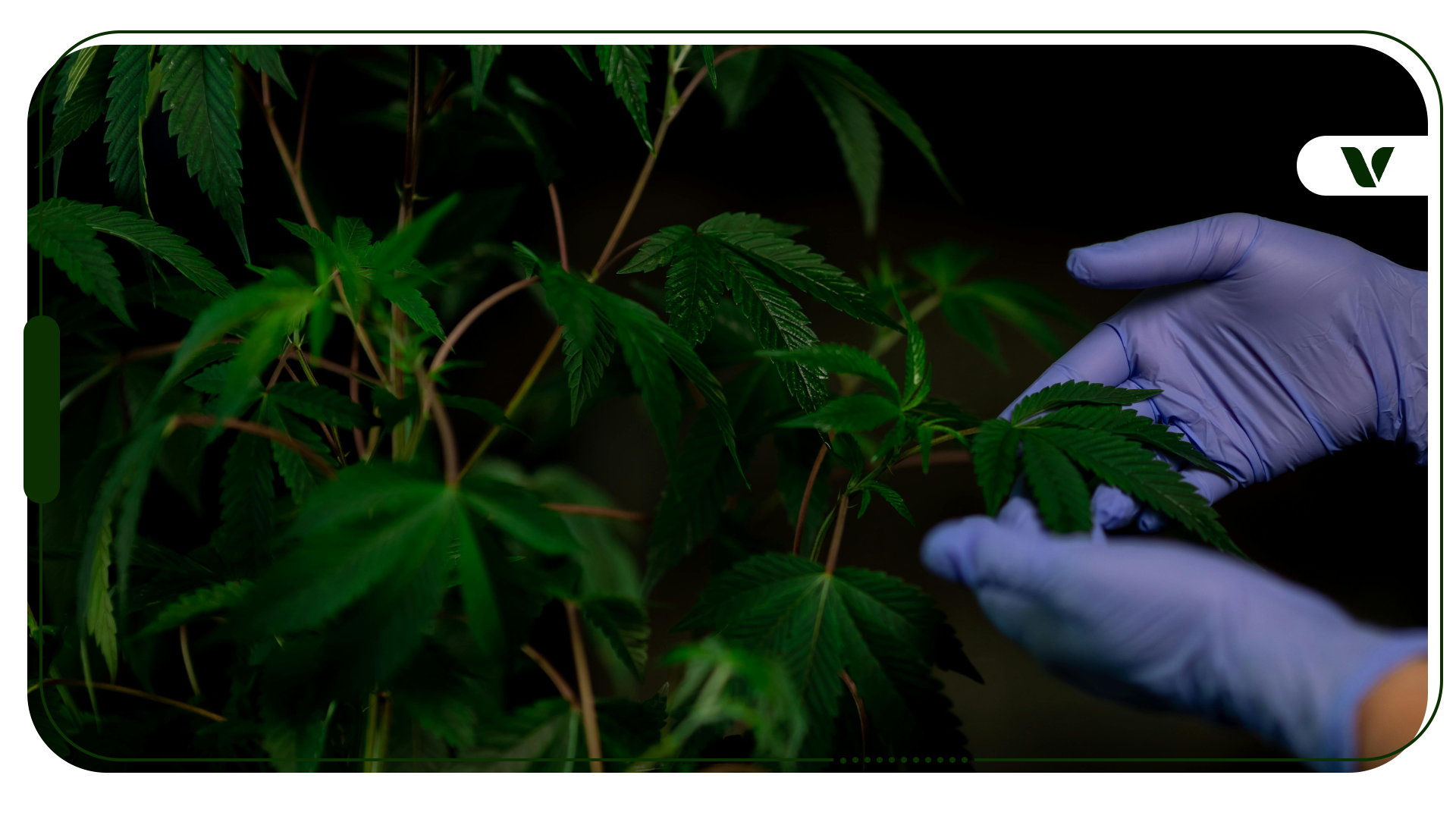Companion planting is an ancient practice that has stood the test of time.
According to the University of West Virginia, a companion plant is a plant you grow in your garden or on your farm in order to naturally help the rest of your garden by doing things such as:
- Repelling pests
- Fixing nitrogen in the soil
- Attracting beneficial insects to fight pests
- Attracting pollinators
Companion planting helps make your grow setup more sustainable and is a helpful replacement for pesticides. It occurs naturally in forests and other ecosystems, and it’s wise to try to mimic the wild when striving for ecological sustainability. Unsurprisingly, Indigenous communities knew about companion planting long before the Western world.
Origins of Companion Planting
The Purdue University College of Agriculture explains:
“A Three Sisters garden refers to the planting of main agricultural crops used by indigenous peoples of North America: maize, pole beans, and squash (gourd, pumpkin). In a technique known as companion planting or interplanting, the maize and beans are often planted together in mounds or small hills and the squash is typically planted between these mounds. The cornstalk serves as a trellis for the climbing beans, the beans provide nitrogen and help to stabilize the corn stalks where the large leaves of the squash plants provide shade, helping to keep the soil moist and making it less opportune for weeds to grow.”
Thoughtful companion gardening can make all the difference in the success of what you’re growing, and the Three Sisters are the perfect example. There are cultural stories passed down for generations about the Three Sisters–it’s more than just an agricultural trick!
Popular Companion Plants
Beans
Beans fix nitrogen in the soil. Nitrogen is a key nutrient for the soil when you’re growing cannabis. According to the University of Missouri, nitrogen aids plants in uptaking nutrients from the soil more effectively to provide energy to the plants–leading to better buds and happier cannabis plants!
Garlic
A 2016 study found that garlic repels pests–which is interesting, considering a lot of folklore considers garlic to repel evil spirits. Garlic bulbs and stalks don’t take up much space, so it’s easy to plant garlic between your cannabis. If you’re trying to run an operation as sustainably and healthily as possible, natural pest-repelling plants are the perfect way to avoid using pesticides.
Local Wildflowers
The best way to attract pollinators, such as bees and butterflies, is by planting local wildflowers. The pollinators and wildflowers evolved symbiotically, meaning they evolved to help each other out. The flowers provide food for the pollinators, and the pollinators pollinate the flowers in return.
The best way to attract pollinators is to use the flowers they’ve known for millennia. It will also be creating a home for local pollinators to get food, which is often sparse because of the increasing lack of native species.
Sunflowers
You may want some extra privacy when you’re growing cannabis, and sunflowers provide tall protection to your growing. They also promote aeration, and pests often go after sunflowers before they go after cannabis. One note is to make sure the sunflowers aren’t creating too much shade for the cannabis, so plant smartly!
Final Thoughts
Cannabis cultivation as it stands today is, unfortunately, not the most ecologically friendly. According to a 2021 review published in the Journal of Cannabis Research, a lot of cannabis is grown in areas with small watersheds, where even minimal water use can make a huge difference–and cannabis cultivation requires a lot of water.
It’s up to cannabis farmers and growers to make their crops as sustainable as possible. Mama Earth gave us this incredible medicinal plant, so we ought to try to thank her by practicing eco-friendly growing!
Author, Share & Comments








